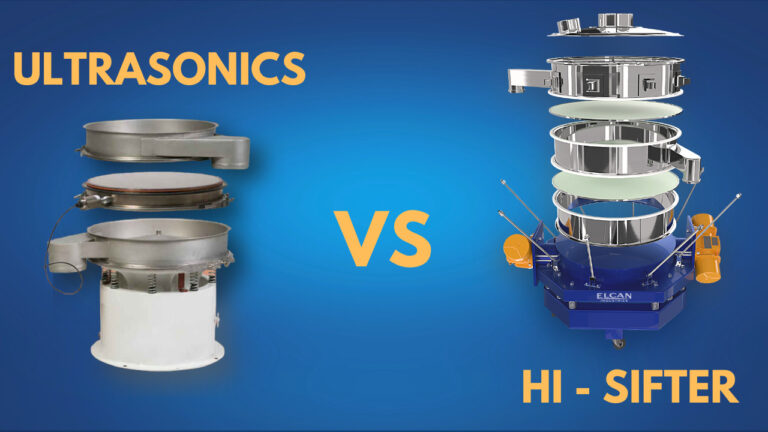How Wireless Chargers are Revolutionizing Device Charging in 2024?
Incorporating charging into our daily routines has never been easier than with wireless chargers, which have revolutionized the way we power our electronics. Wireless chargers provide a more organized and hassle-free alternative to the conventional technique that involves cords. As the year 2024 progresses, wireless charging is rapidly becoming a norm for fueling all sorts of devices in an environmentally conscious and user-friendly manner, going beyond being just a technological update. Companies like Anker are at the forefront of this shift, defining new standards for everyday charging solutions with their inventive devices that emphasize efficiency and sustainability.
Why Are Wireless Chargers the Future of Device Charging?
Convenience and Flexibility in Everyday Life
The great ease of wireless charging is that it eliminates the need to constantly plug gadgets in, making it easier to keep them fueled. In situations when every second is crucial, this becomes even more important. Whether you are at home, at the workplace, or out in public, this technology is adaptable to your needs. Instead of wasting time searching for outlets and wires, users of wireless chargers only need to set their devices on a pad. Wireless adapters are an excellent choice for individuals who are frequently on the move or have a passion for technology, as they offer a convenient method of charging devices without the risk of stumbling over cables.
Faster Charging Speeds and Compatibility Across Devices
Unlike their wired predecessors, modern wireless chargers are compatible with many devices and can charge fast enough to compete. For example, Anker’s MagGo chargers give a robust 15W output for fast and efficient charging, while Apple’s MagSafe technology enables up to 25W charging for newer iPhone models. Furthermore, these adapters are compatible with a wide range of devices, including wireless earbuds like AirPods, tablets, and mobile phones. Users may simplify their setup and guarantee a constant, efficient method of keeping all their devices charged by combining charging demands into one solution.
Elimination of Cable Clutter and Port Wear
Among the many advantages of wireless charging is the fact that it eliminates the need for wires, which helps to clean up areas and make things easier to use. The annoyance and added complication caused by tangled cords may build up over time, making charging processes less efficient. With wireless charging pads, you can keep your charging area neat and tidy while also making it easier to position your devices. On top of that, wireless chargers save port wear by doing away with the need to frequently plug and unplug devices. Wireless charging is perfect for those who want a more structured and device-friendly arrangement since it keeps gadgets appearing fresher and also makes them last longer.

How Do Wireless Chargers Improve Energy Efficiency?
Eco-Friendly Designs and Sustainable Materials
These days, it seems like every wireless charger you see has an eco-friendly design and uses sustainable materials to lessen its effect on the planet. The MagGo Wireless Charger from Anker, for instance, uses materials that are 75% PCR (post-consumer recycled). Responsible product creation is becoming more prevalent in the business, and this trend toward sustainable materials is only one example. Users may help reduce electronic waste and environmental harm by purchasing chargers with eco-friendly designs. People who care about the environment and want to make a difference might find these chargers attractive since they are well-built and sustainable without sacrificing performance or technology.
Reduced Energy Wastage Through Smart Technology
Modern wireless chargers often use cutting-edge technology to charge gadgets efficiently while minimizing energy loss. To avoid overcharging, these chargers’ smart technology adapts the power output to each individual device’s requirements. For those who are careful with their power use, this function is a godsend since it helps them save money and power. Wireless chargers are a great option for eco-friendly IT practices because of their energy-conscious design, which helps to reduce environmental impact. Smart wireless chargers are an efficient and environmentally beneficial option for charging devices.
Longer Battery Lifespan and Power Optimization
One way wireless chargers might help prolong the life of batteries is by delivering power more efficiently. The architecture of many wireless chargers allows for a constant, regulated flow of power, which is better for the battery’s health than the overcharging that may occur with certain conventional chargers. Overheating may shorten the life of a battery. Therefore, it is important to have technology like Anker’s ActiveShield 2.0 that constantly checks the temperature. Without putting undue stress on the battery, this guarantees an effective power supply. Longer battery life means less need to replace gadgets and less impact on the environment from technology use.
Conclusion
Beyond being a technological marvel, wireless charging is revolutionizing the way we charge and use our electronic gadgets. Wireless charging has evolved from a mere technological advancement into an integral component of contemporary life due to its inherent simplicity, rapidity, and eco-friendliness. Customers and the environment both gain from products like Anker’s MagGo line because of its dependable performance and their alignment with sustainability aims. We may look forward to a future when wireless chargers provide an efficient, clutter-free, and environmentally aware way to charge our gadgets as this technology advances.







